Clip: Ms. Nguyen Tuyet Loc and Mr. Chau Van Muoi, farmers in Tam Giang commune, Nam Can district (Ca Mau province) wade into the mangrove forest and the mangrove forest to set traps to catch the cuckoo every day. The cuckoo is a wild animal belonging to the crustacean class, crab family. The cuckoo is a specialty in the mangrove forest of Ca Mau.
Currently, this mangrove specialty, the crayfish, is popular with consumers in and outside Ca Mau province.
This special, strangely shaped vermicompost has a lot of roe, firm, sweet meat.
Shrew meat is nutritious, rich in protein, rich in calcium - this is the reason why this wild animal is hot.
The profession of trapping and catching the shrew, or as it is popularly known, hunting the shrew, has also become a money-making profession for residents living along the coast of Ca Mau province - where there are mangrove forests with dense growth of wild plants, such as mangroves, apricot trees...
As someone with many years of experience in hunting for shrews, Ms. Nguyen Tuyet Loc, residing in Tam Giang commune, Nam Can district (Ca Mau province) said that there are many ways to catch this specialty.
For example, people can use a bright flashlight to shine at night. Or people can go into the mangrove forest to follow the traces and dig holes to catch this animal with a funny name.
But there is a very effective way to catch the main bird, it can be said that the best way of hunting for this animal by Ca Mau people is usually to set traps (a type of trap).
Mr. Chau Van Muoi, a farmer in Tam Giang commune, Nam Can district (Ca Mau province) said that after setting the trap, he often caught about 10 kg of cuckoo crabs when he returned to collect them.
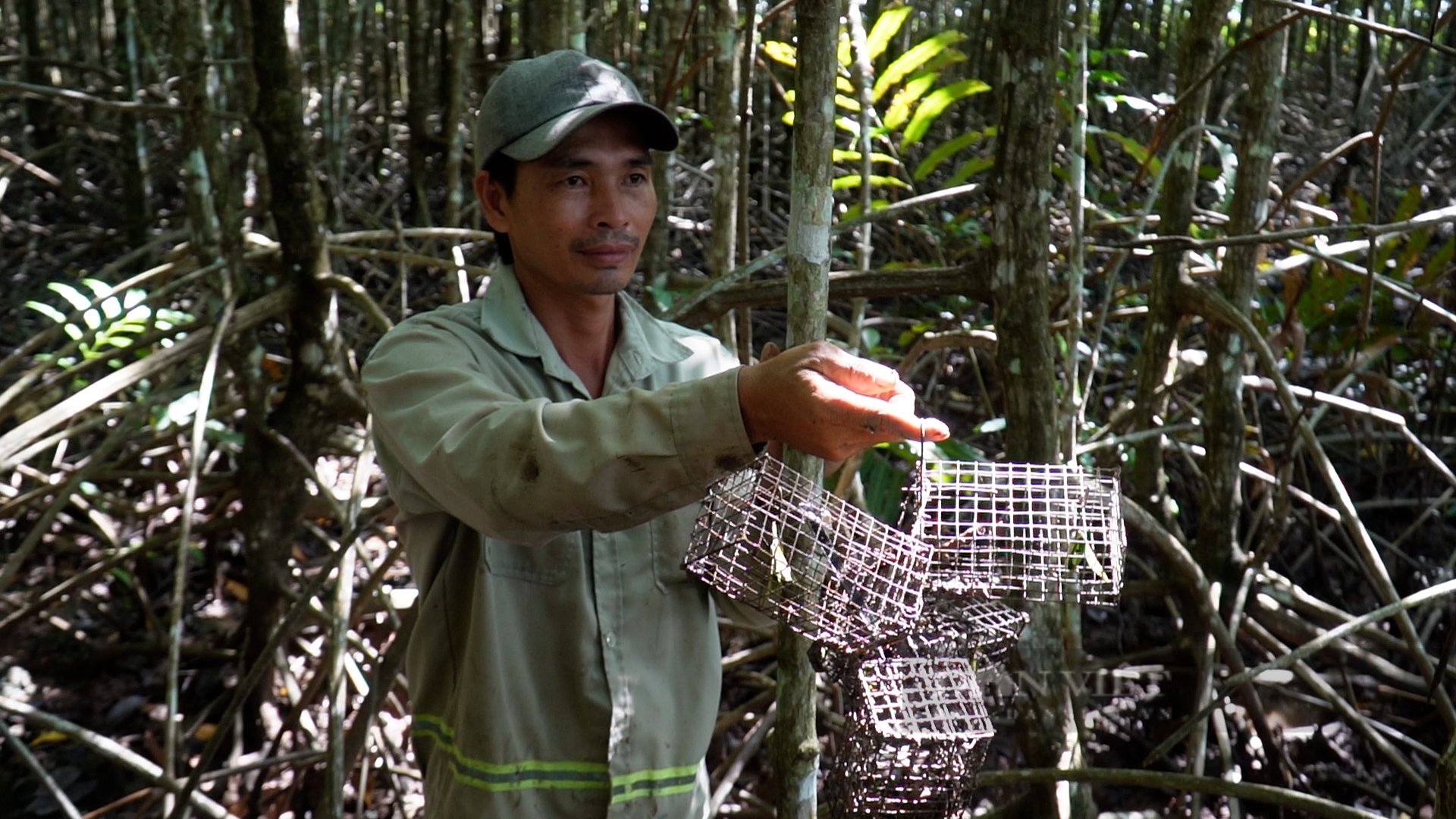
Mr. Chau Van Muoi, a farmer in Tam Giang commune, Nam Can district (Ca Mau province) said that every day he wades into the mangrove forest and sets 300 chu mound traps. When he collects them, he usually catches about 10 kg of chu mound traps. This specialty is sold at a reasonable price of 50,000 VND/kg, the total revenue for a day of traversing the mangrove forest is 500,000 VND. Photo: An An.
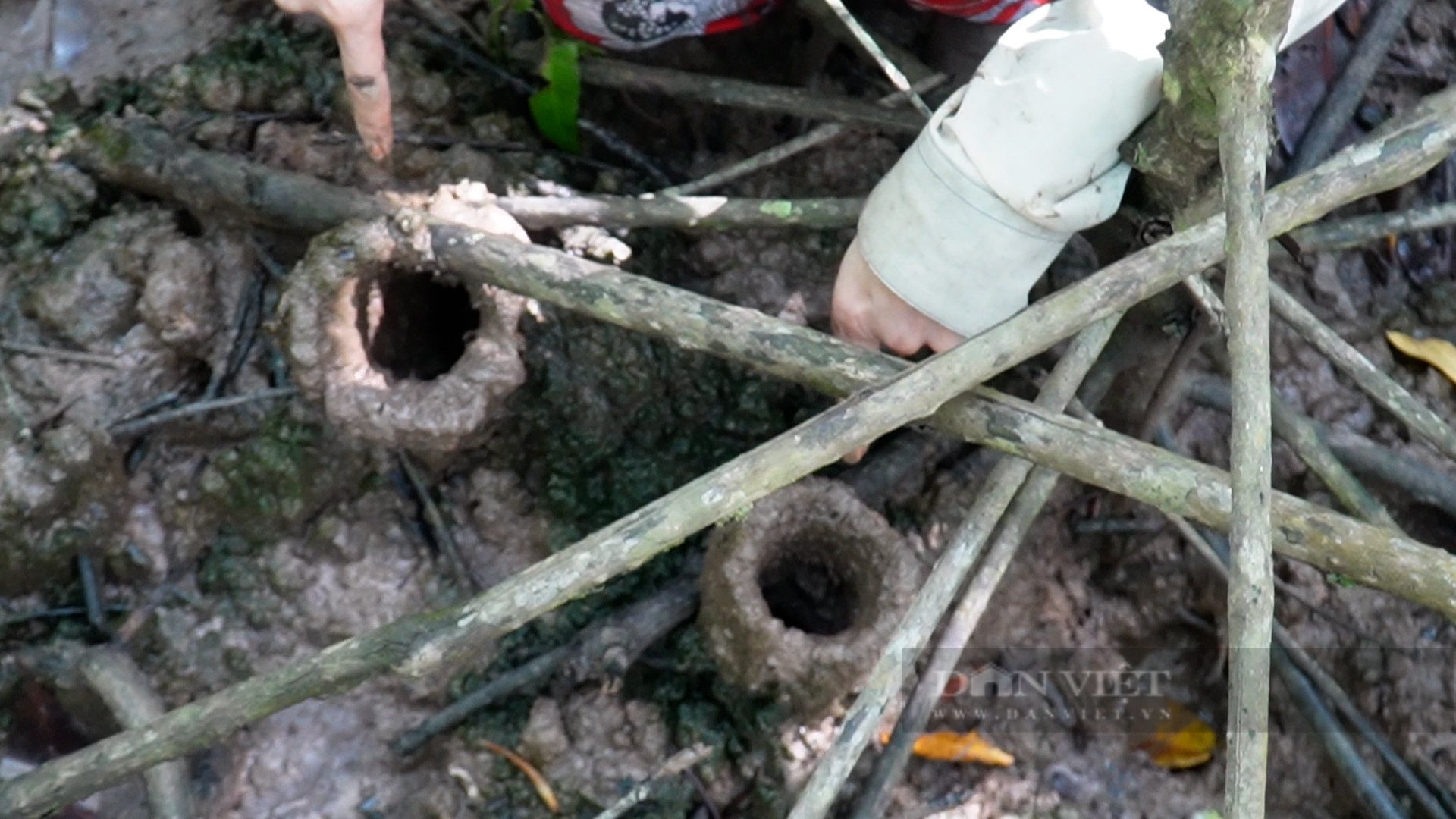
The shrew makes a circular burrow about 3cm higher than the muddy ground in the forest. A shrew often digs many burrows. Hunters of this specialty must have experience to determine which burrow the shrew will come out of and set traps. Photo: An An.
"Due to the characteristics of the cuckoo, which often digs burrows that connect to mangrove roots, it is most effective to find a burrow with signs of a cuckoo crawling into it to set the trap," said Ms. Loc.
The special thing when setting traps to lure the shrew into the trap is the bait - which is the leaves of the mangrove tree, or the leaves of the mangrove tree that people pick right in the forest.
Experienced hunters say that one of the factors that determines whether a hunting trip is successful or not depends on the weather.
That means the weather must be sunny or not raining, because when it rains, water will flood the caves and erase the traces of the cows entering the caves, making it very difficult to determine which cave this wild animal is living in.
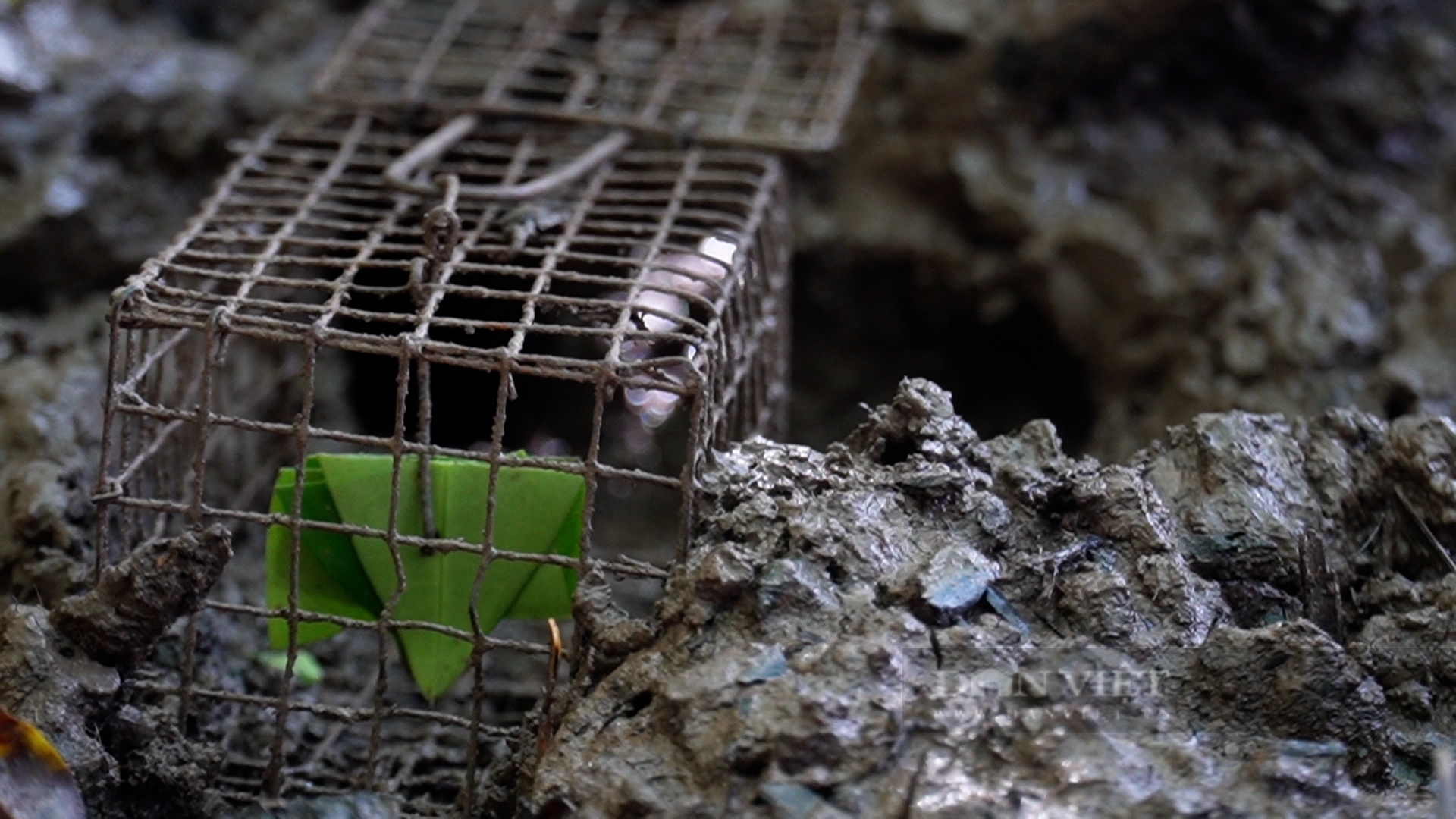
The bait used to lure the specialty with the funny name - the cuckoo - into the trap is mangrove leaves, or mangrove leaves. This job, although not costly, is no less hard work. Photo: An An.
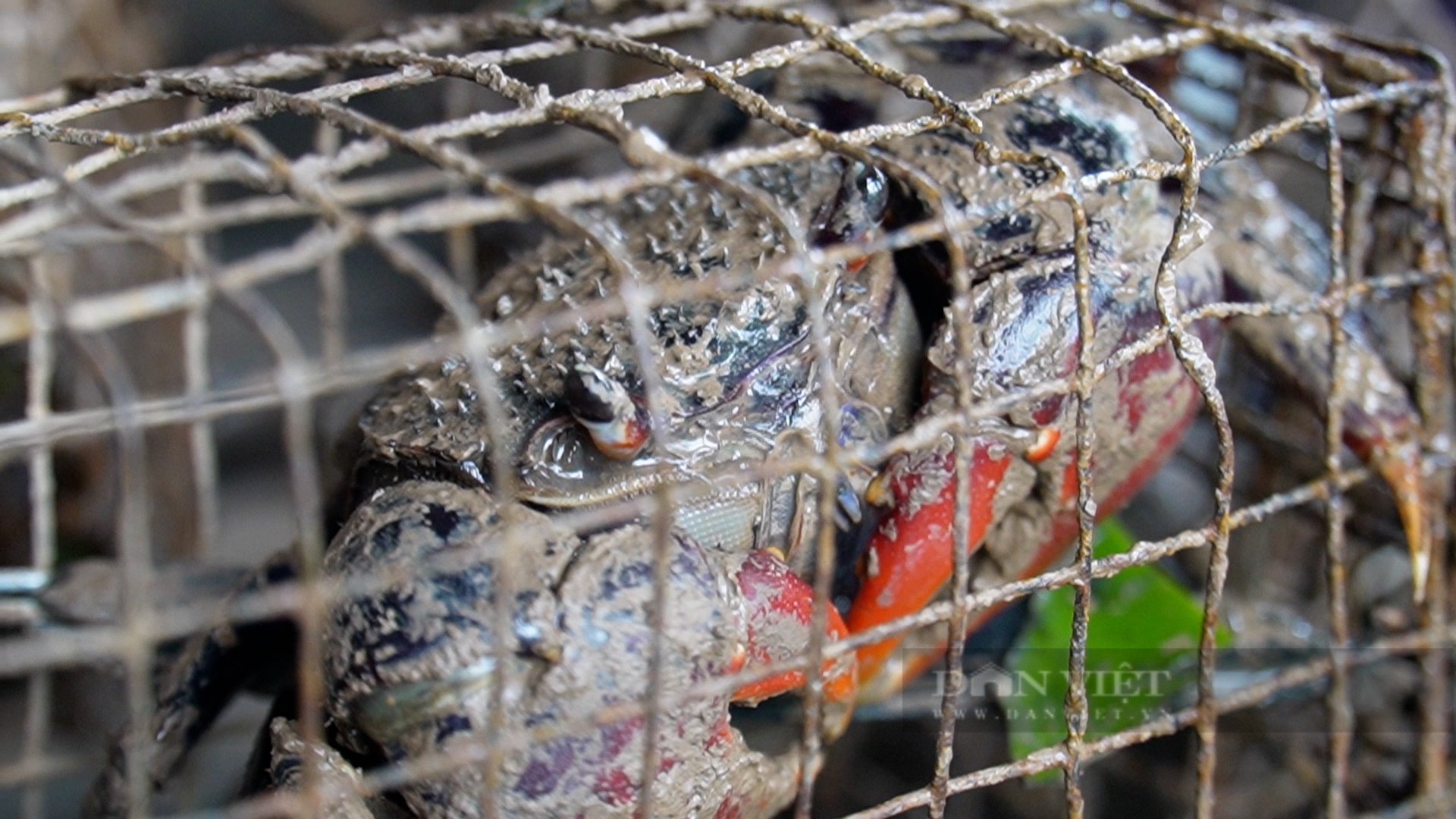
After smelling the food, which is mangrove leaves, the crabs will crawl out of their burrows and into the traps to eat the prey. Photo: An An.
The crab belongs to the crab family, has a shape similar to the three-sided crab but the shell is rough, has many thorns, and is taller than the three-sided crab's shell.
"A mole usually digs a burrow with 4-5 nooks and crannies to hide when being chased. Usually, mole makes a circular burrow about 3 inches higher than the ground. These are the exits and breathing passages of the mole when the tide rises," said Chau Van Muoi, a mole hunter.
According to Mr. Muoi, it takes a person with a lot of experience to discover which cave has a nest of maggots to set traps.
And the job of hunting this wild crustacean is also very hard, because the hunter has to wade through the forest for kilometers, the hunter has to have his leg cut off by a ditch, endure mosquito bites, wade through mud...
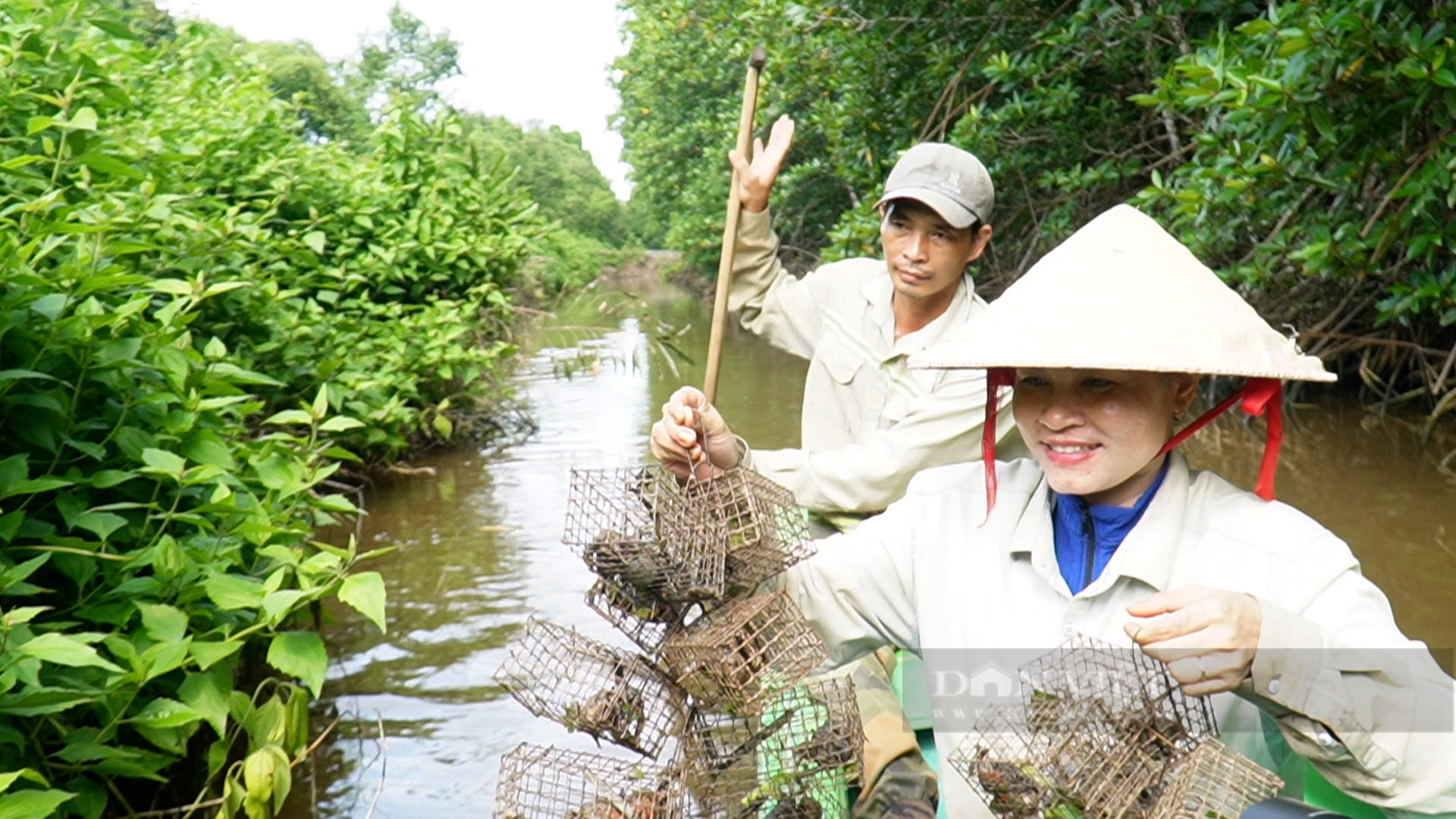
For skilled hunters like Mr. Muoi and Ms. Loc (farmers in Tam Giang commune, Nam Can district (Ca Mau province), each trap will catch a mole, because they determine exactly which cave has the mole to set the trap. Photo: An An.
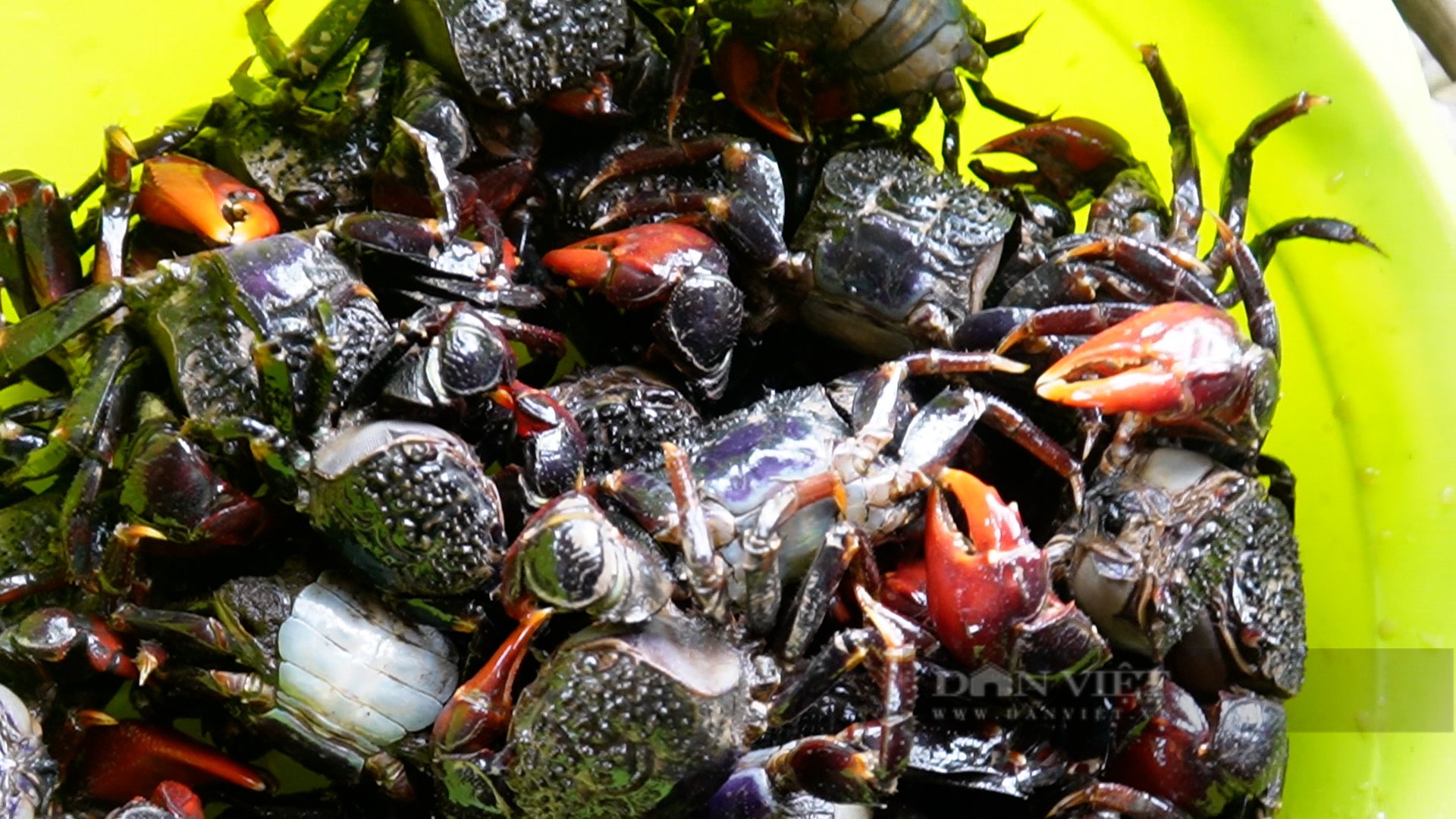
After being caught in the mangrove and mangrove forests of Nam Can district (Ca Mau province), the shrews must be anesthetized with ice water so they do not clamp together. Photo: An An.
The crayfish is a popular specialty fish exploited from nature and is therefore popular in the market. The meat of the crayfish is delicious, sweet and has a lot of roe.
Users can process the shrew into many delicious rustic dishes that are country specialties, but the best are boiled with lemongrass or fried with tamarind.
After being caught, the cicadas must be immediately put in ice water to anesthetize them, to prevent them from clamping each other and breaking their claws.
Live shrews are being purchased by traders in Ca Mau at prices ranging from 50,000 to 65,000 VND/kg.
On average, each day a person setting traps can catch more than 10kg of crayfish, earning about 500,000 VND. Although the work is hard and tiring, the profession of catching special products in the mangrove forests of Ca Mau also contributes to improving the income of many local workers.
Source: https://danviet.vn/con-dong-vat-hoang-da-10-chan-ten-nghe-mac-cuoi-vo-rung-ca-mau-dat-bay-lam-dac-san-binh-dan-20241015120507263.htm



![[Photo] National Assembly Chairman Tran Thanh Man chairs the meeting of the Subcommittee on Documents of the First National Assembly Party Congress](https://vphoto.vietnam.vn/thumb/1200x675/vietnam/resource/IMAGE/2025/5/8/72b19a73d94a4affab411fd8c87f4f8d)
![[Photo] Prime Minister Pham Minh Chinh meets with the Policy Advisory Council on Private Economic Development](https://vphoto.vietnam.vn/thumb/1200x675/vietnam/resource/IMAGE/2025/5/8/387da60b85cc489ab2aed8442fc3b14a)
![[Photo] President Luong Cuong presents the decision to appoint Deputy Head of the Office of the President](https://vphoto.vietnam.vn/thumb/1200x675/vietnam/resource/IMAGE/2025/5/8/501f8ee192f3476ab9f7579c57b423ad)
![[Photo] General Secretary concludes visit to Azerbaijan, departs for visit to Russian Federation](https://vphoto.vietnam.vn/thumb/1200x675/vietnam/resource/IMAGE/2025/5/8/7a135ad280314b66917ad278ce0e26fa)
![[Photo] General Secretary To Lam begins official visit to Russia and attends the 80th Anniversary of Victory over Fascism](https://vphoto.vietnam.vn/thumb/1200x675/vietnam/resource/IMAGE/2025/5/8/5d2566d7f67d4a1e9b88bc677831ec9d)







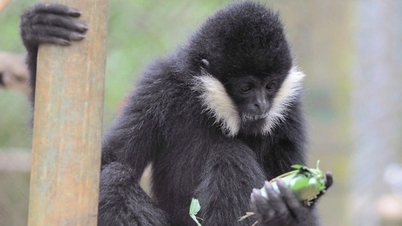











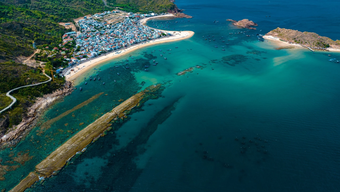


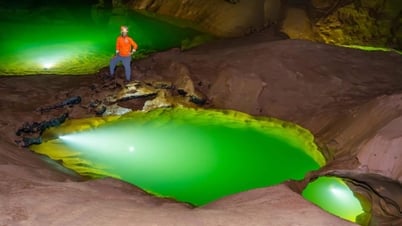






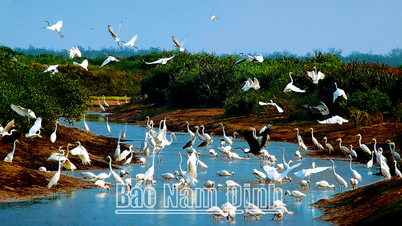

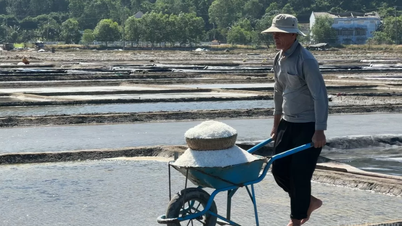



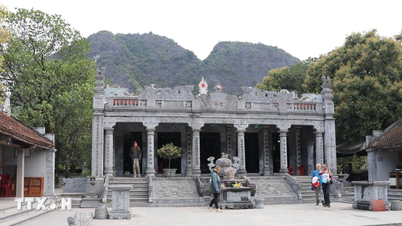
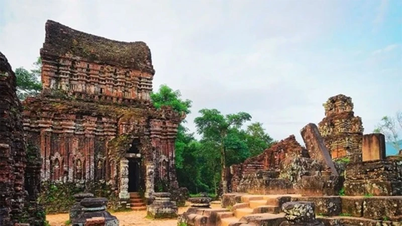
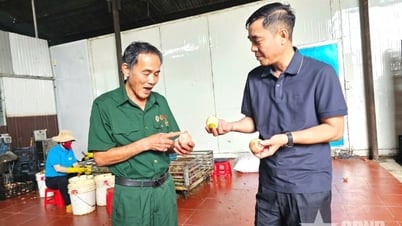




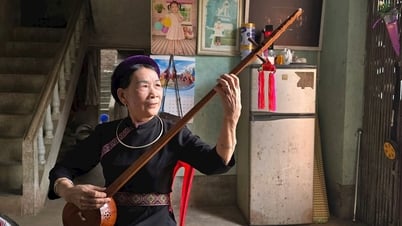



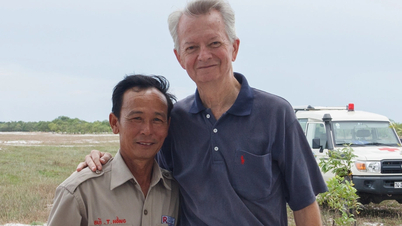

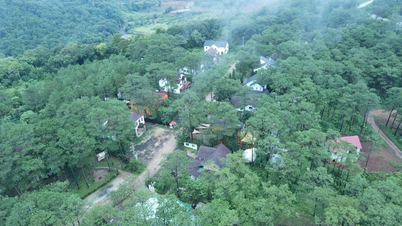







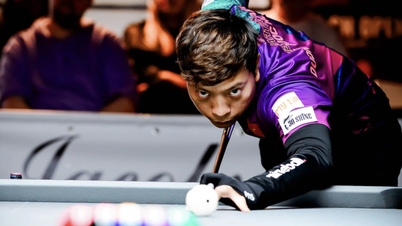
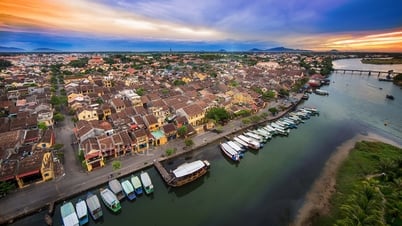

![[Photo] Prime Minister Pham Minh Chinh talks on the phone with Singaporean Prime Minister Lawrence Wong](https://vphoto.vietnam.vn/thumb/402x226/vietnam/resource/IMAGE/2025/5/8/e2eab082d9bc4fc4a360b28fa0ab94de)











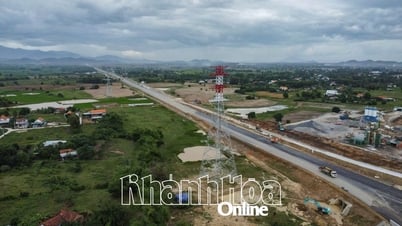


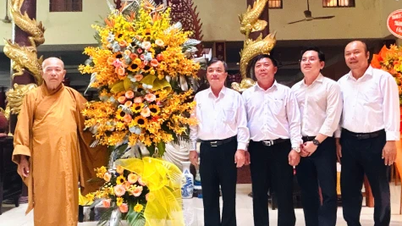








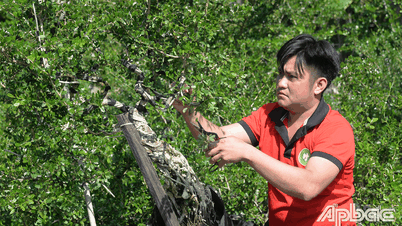



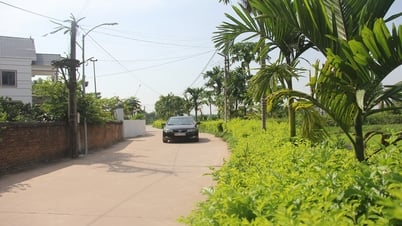




Comment (0)